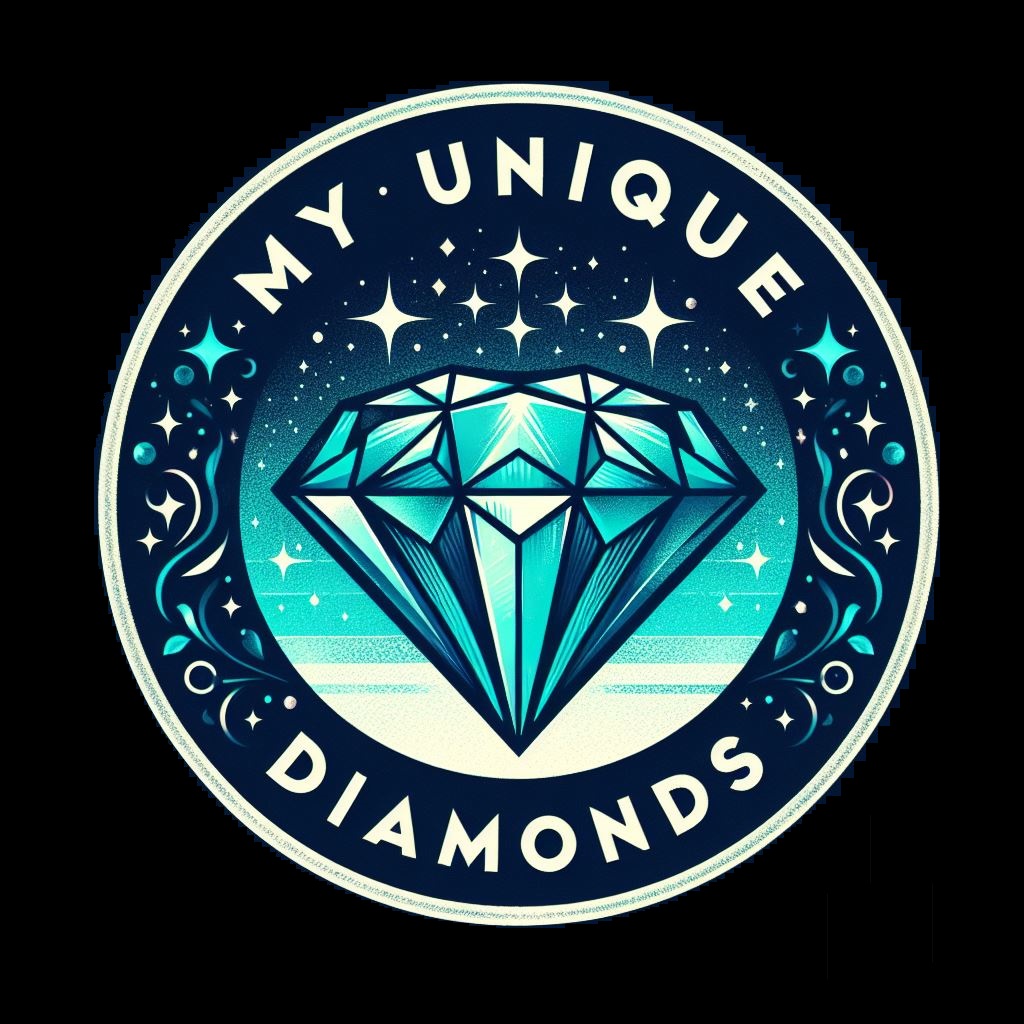I understand your curiosity about diamonds, their enduring legacy, and how they signify more than just wealth; they’re a symbol of love, commitment, and the extraordinary moments in life. Whether you’re contemplating a special purchase or just fascinated by these gems, gaining insight into the different types of diamonds is essential.
It’s not just about the shimmer or the size; several factors distinguish one diamond from another. The experts look at the ‘4Cs’ of diamonds: cut, color, clarity, and carat weight. It’s these characteristics that set the foundation for a diamond’s value and rarity. The way a diamond is cut can affect its brilliance; the color, or sometimes the lack thereof, can determine its category; clarity can tell you about the diamond’s purity; and the carat weight measures its heft.
But beyond these cold hard facts, there’s something intensely personal about choosing a diamond. Some might lean toward a flawless, transparent stone, while others are captivated by the depth of a diamond with a hint of color. Your choice of diamond reflects your personal story and style, and that’s where its true value lies.
Now that you’re familiar with the benchmarks of diamond evaluation, let’s turn our attention to the vast palette of options available. From the timeless allure of natural diamonds to the cutting-edge creation of lab-grown alternatives, there’s a fascinating world to explore.
The Splendid Spectrum: Exploring the Diversity of Diamonds
When you think of diamonds, you probably imagine the quintessential clear, glistening stone – but diamonds are far more varied than this single image suggests. Each diamond is a testament to nature’s diversity or human ingenuity.
Natural diamonds form over billions of years and are mined from deep within the earth. These are the traditional diamonds that come to mind, ranging from colorless to shades imbued with subtle hues. While colorless diamonds are prized for their classic beauty, fancy-colored diamonds exist in yellows, pinks, and even blues, each with their own unique charm.
Our quest for excellence and innovation has led us to create lab-grown diamonds, which mirror the properties of natural diamonds. These stones are cultivated in controlled environments using cutting-edge technology, offering a sustainable and ethical alternative with identical beauty.
The intrigue of colored diamonds doesn’t end with the soft yellows and pinks; some of the rarest diamonds display vibrant greens, deep blues, or even mysterious purples. The presence of certain elements during their formation, like boron or nitrogen, imbues these stones with their captivating colors.
We also encounter treated diamonds in the market, offering a cost-effective way to enjoy the beauty of a diamond. These stones undergo processes like heat treatment or irradiation to enhance their color and appeal, opening up options for different budgets without compromising on the joy of owning a diamond.
Among the colored diamonds, the red, green, and purple varieties are some of the most sought after. Their rarity and striking appearance command attention and make them highly desirable to collectors and enthusiasts looking for exceptional pieces that stand out from the more common whites and yellows.
The exploration of the diamond spectrum is indeed a revelation, showcasing a world of choice beyond the traditional. With such an array of options, understanding what each offers is key to making the right selection that aligns with personal tastes, the intent of the purchase, and investment prospects.
Making an Informed Choice: Understanding Diamond Characteristics and Value
In the realm of diamonds, knowledge is as valuable as the stones themselves. Familiarizing yourself with the 4Cs of diamond quality – cut, color, clarity, and carat – is vital. Think of these criteria as your personal shopping guide, ensuring you make an informed purchase tailored to your preferences and budget.
When you’re ready to buy, remember that the marketplace is diverse. Retailers, online stores, and custom jewelers offer a range of options. Be diligent and look for reputable sellers with transparent practices. Don’t hesitate to ask for documentation of authenticity and quality, such as grading reports from recognized institutions.
Consider the purpose of your investment. Is the diamond meant to be an heirloom, an expression of love, or possibly a financial investment? This decision will steer your approach to elements like rarity, quality, and budget. Remember, while trends come and go, diamonds with timeless cuts and classic styles maintain value over time.
Certification and provenance significantly influence a diamond’s desirability. Certificates from respected authorities like the GIA provide assurance of your diamond’s quality. Provenance, or the stone’s origin, can also be a key factor, especially with growing concerns over ethical sourcing in the jewelry industry.
In conclusion, diamonds are more than just precious stones; they’re symbols of moments, milestones, and personal stories. By prioritizing education and understanding the tangible aspects that contribute to a diamond’s value, you can invest not just in a piece of jewelry, but in a lasting legacy.
